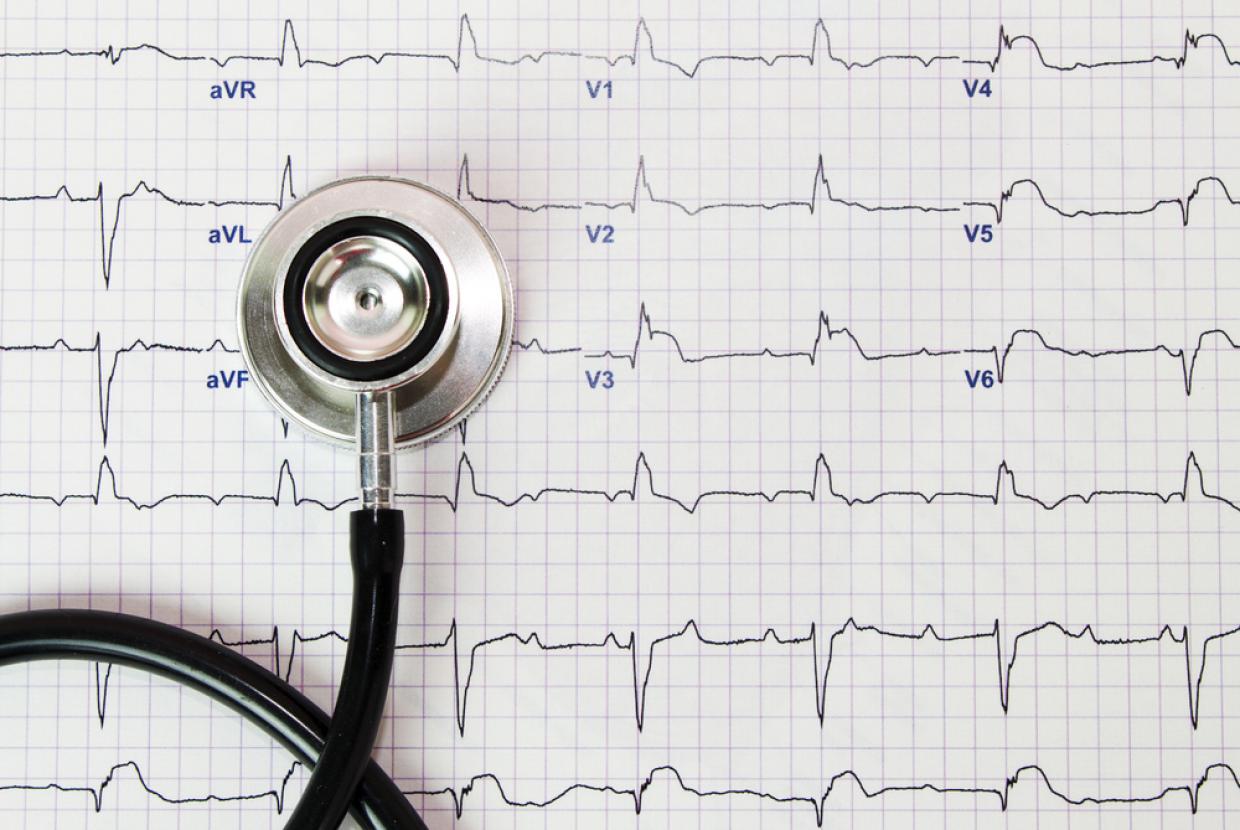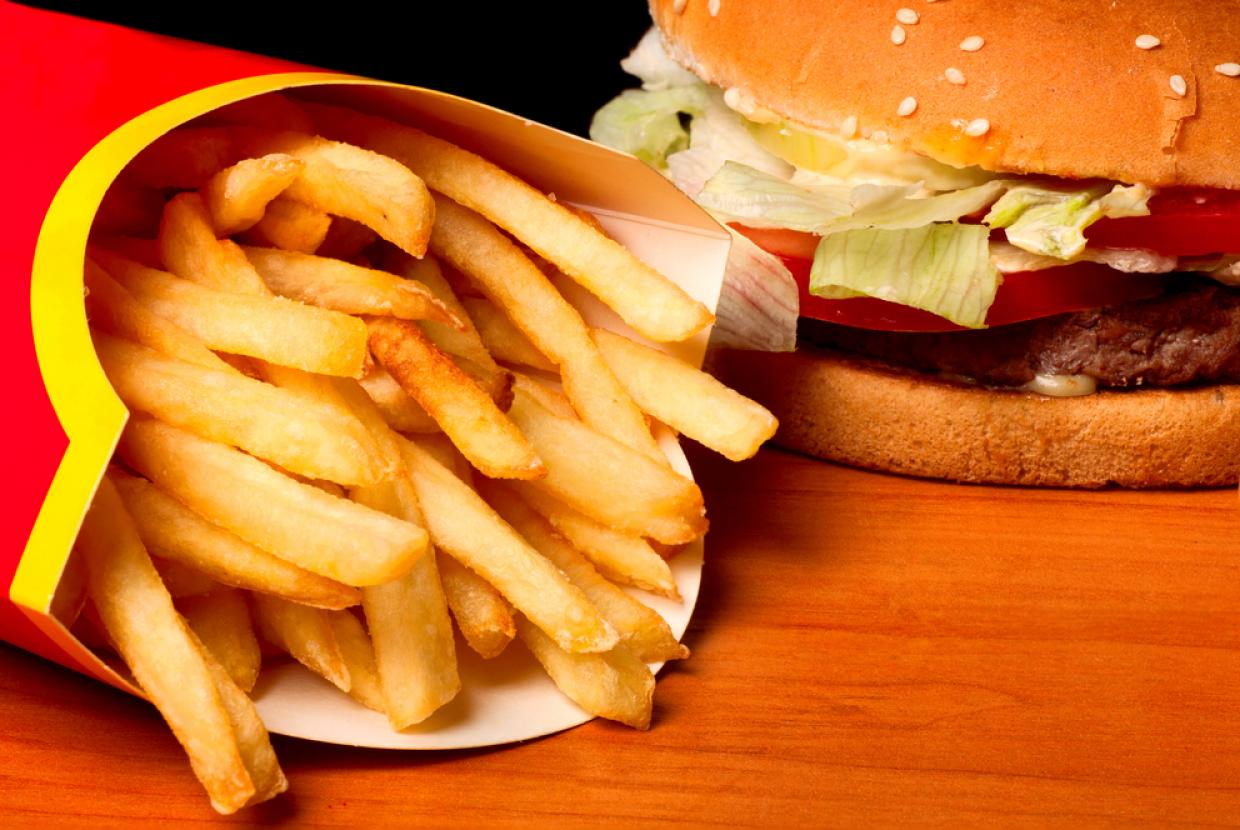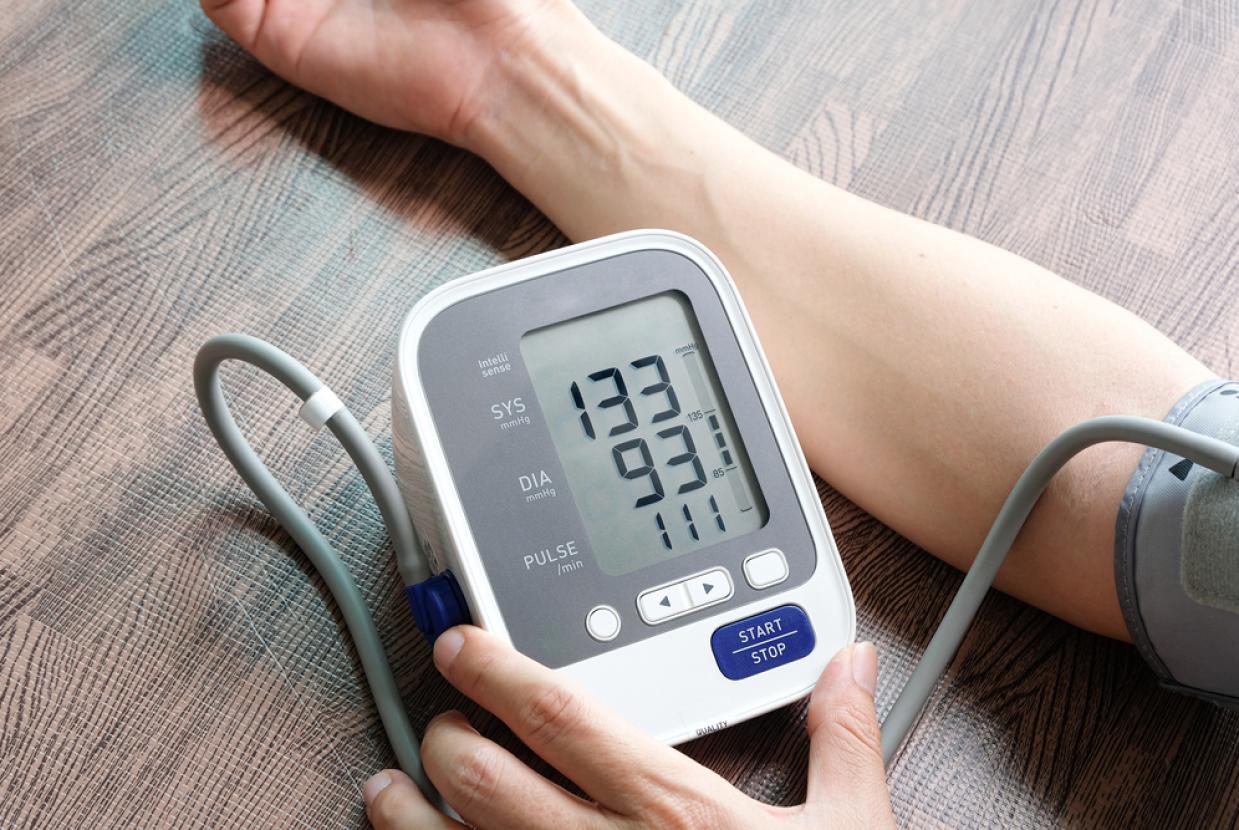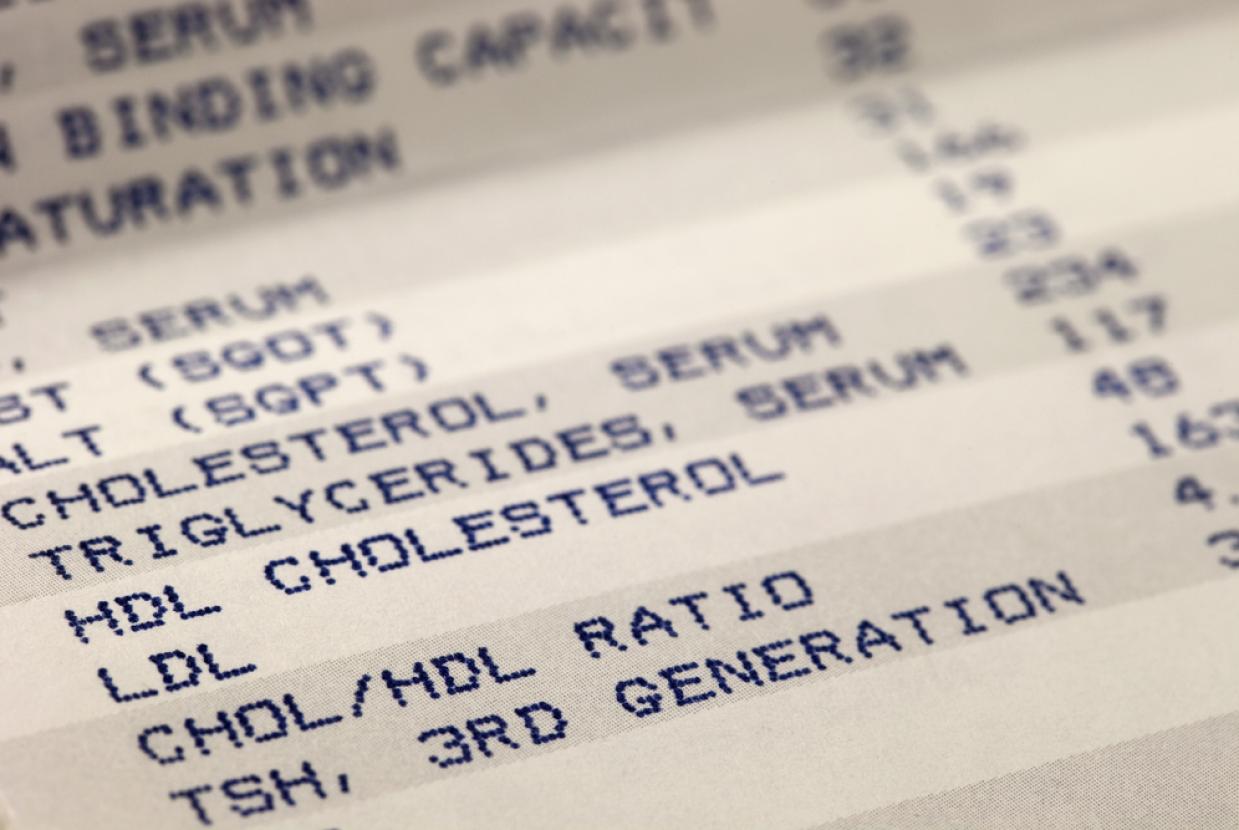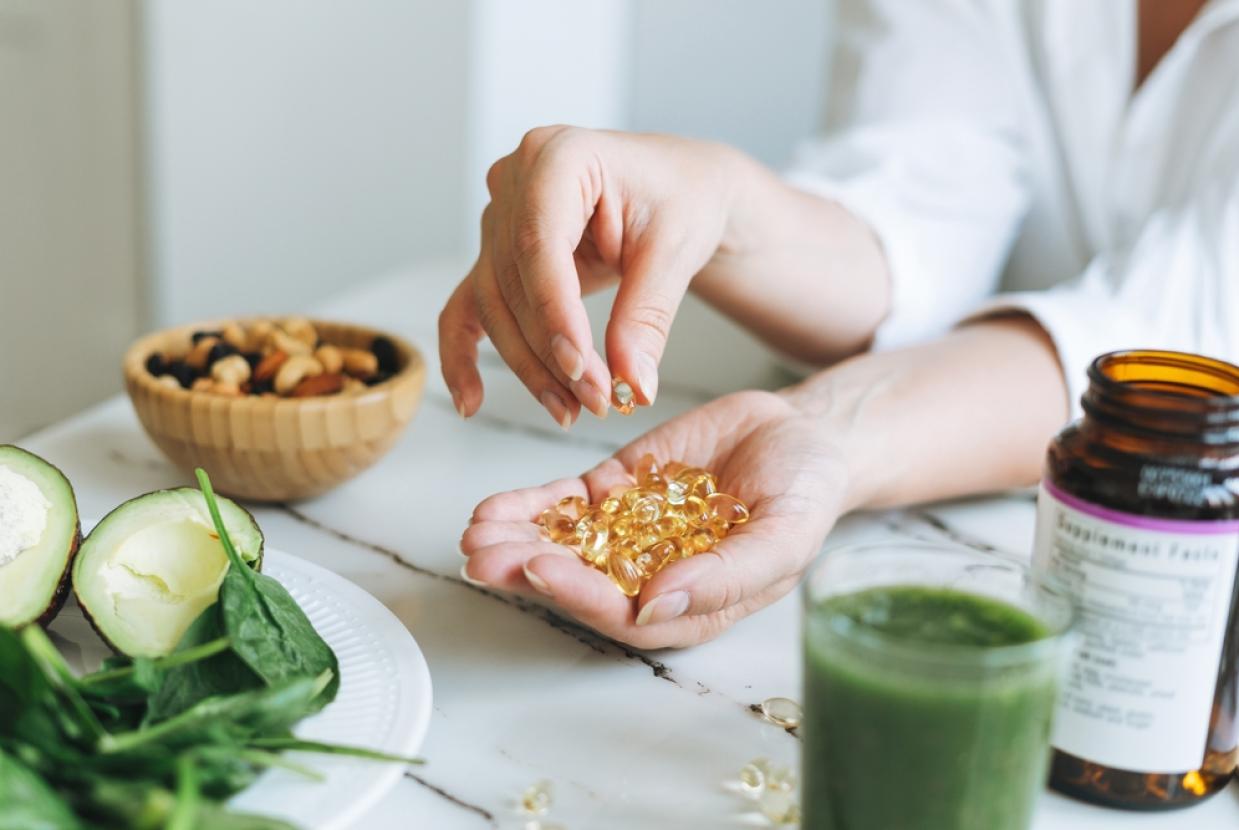5 Ways To Change Your Habits (That Actually Work!)
Heart HealthIt can be challenging to change your lifestyle, but necessary if you have heart problems. A behaviour change expert explains what has been proven to work.
Most of us have tried to make a change, like eating more healthily or exercising more, and found it challenging. But change can be essential and even lifesaving for people with heart and circulatory problems.
Luckily, there are decades of science and theory around behaviour change that we can learn from, to make change easier and more effective. “When people are looking to change, they can increase their chance of success with the five actions below, which are backed by evidence,” explains Dr Paul Chadwick, Honorary Associate Professor at the UCL Centre for Behaviour Change.
1. Be aware of your habits
One thing that a lot of people with health problems find challenging, says Dr Chadwick, is having to keep an eye on themselves every day, for example what they’re eating or how much they’re exercising, or that they’ve taken all their medications.
“A good place to start is to monitor your behaviour without trying to change it,” he says. This could be recording what you’re eating, what exercise you’re doing or how much alcohol you’re drinking.
Weight management studies show that the more people practise self-monitoring, such as recording what they eat and drink, the better they get at it. “The more accurate they became, the better they became at losing weight,” says Professor Chadwick. “It seems obvious but it’s powerful.”
Why does this work? People tend to overestimate how healthy they are. “We aren’t all in denial, it’s the way humans process information, we have a positive bias on our own behaviour,” Dr Chadwick explains.
By monitoring and recording your behaviour it highlights the difference between what we think we’re doing and what we’re actually doing. This is based on the concept of self-monitoring, described by Albert Bandura in 1991. Monitoring means you can also identify patterns, for example, you notice you usually have a better diet on weekdays. Then you can start problem-solving.
2. Think of what you're gaining
Make a list of what’s important to you in your life – such as being able to be independent and not rely on people, or being there for loved ones. Then connect how the change you need to make helps you achieve that.
“If you live with a health condition you might be trying to change lots of things and trying to change habits that have embedded for 30, 40 or 50 years,” Dr Chadwick says. “It’s important to think about what you may be gaining by changing your behaviour, not simply limiting yourself to living your old life in a slightly less damaging way.”
Why does this work? Wanting to do something is more powerful and motivating than having to do something. Often when people are making a change, like a dietary change, they think of what they’re missing out on. Change always involves effort. Often the hardest part is when you start making the change, and if you can shift your mindset to what you’re gaining you’re more likely to succeed.
3. Label yourself - positively
Dr Chadwick explains that lots of people limit themselves in their change journey by putting labels on themselves too early. “Hardcore smokers say, ‘I’m a smoker, I love smoking, I’m never going to change’. The reality is, people are always more complicated than the stories they tell themselves about their behaviour.”
For example, someone might think ‘I’m not an exerciser,’ but they think nothing of walking around town for 20 minutes carrying heavy bags when shopping – they are exercising but aren’t labelling it as that. If you change the bags to handweights and the context to a gym, then this would be labelled exercise, when in fact it’s the same thing physically. Same behaviour, different labels, and the labels make the difference.
“A really effective strategy is to try new things and then learn how to pay attention to your experience, looking specifically for positive aspects. For example, you might walk 15 minutes more a day, feel good afterwards, and discover something new about yourself, such as ‘I feel great after a walk’ or ‘I’m a walker’.
Why it works: If we tell ourselves self-limiting stories, like ‘I’m not an exerciser’, we’re less likely to make a change. Believing in yourself makes it easier for you to achieve changes you want. If you notice the positives about the changes as you start to make them, then you’re weaving that into your story. “It’s important to know that change is possible,” Dr Chadwick says, “and that can give you confidence to try a new behaviour. Everybody’s made a change in one area of their life, what worked there for you?”
4. Picture the change
You’re more likely to be able to make changes if you believe that you can. One step towards this is to use visualisation – painting a picture in your head of you achieving the thing that you want to. Dr Chadwick says: “An example would be visualising yourself as going to an exercise class if you want to get more active, but don’t think of yourself as an exerciser, or, if you want to cut back on alcohol, visualising yourself saying no to alcohol when offered at a work event.”
Why it works: This is based on self-efficacy research by James Maddux. The idea is that visualising yourself making a change builds your belief in your own power to control your life. This belief is called self-efficacy, and there’s lots of evidence that people with higher levels of self-efficacy are more likely to achieve the things they want.
5. Get support
“When we develop behaviour change programmes, such as cardiovascular disease prevention programmes, we use insights from behavioural science,” says Dr Chadwick.
This has shown that social support comes in different forms, and the most important is emotional and practical support. For example, if you’re trying to eat less saturated fat, you might need the people you live with to agree not to bring tempting high-fat foods into the house (practical support). Or you might need someone to simply listen to you and validate how you’re feeling (emotional support).
“The trick is to figure out what support you need at that point of your behaviour change journey and communicate that to others. Choose the right person for each type of support: for example, someone who’s very practical might not be the best at giving emotional support.”
If you feel isolated, or that you don’t have many friends or family who understand what you’re going through, you can still find support,” Dr Chadwick says: “Many people who give up drinking find amazing friendships in sober communities. People get so much support from other group members that can really help. These communities can be online or in-person.”
Why it works: Professor Chadwick explains: “Research is starting to show that online communities are not ‘second best’ or lesser communities, and in many ways have lots of advantages in terms of accessibility over in-person groups.” Having a connection with a group of people pursuing a similar goal can mean you’re more likely to change your behaviour. “What matters is the opportunity for connection to the group rather than the specific mode of how the group’s delivered,” he says.
Content sourced from the British Heart Foundation (bhf.org.uk).
















